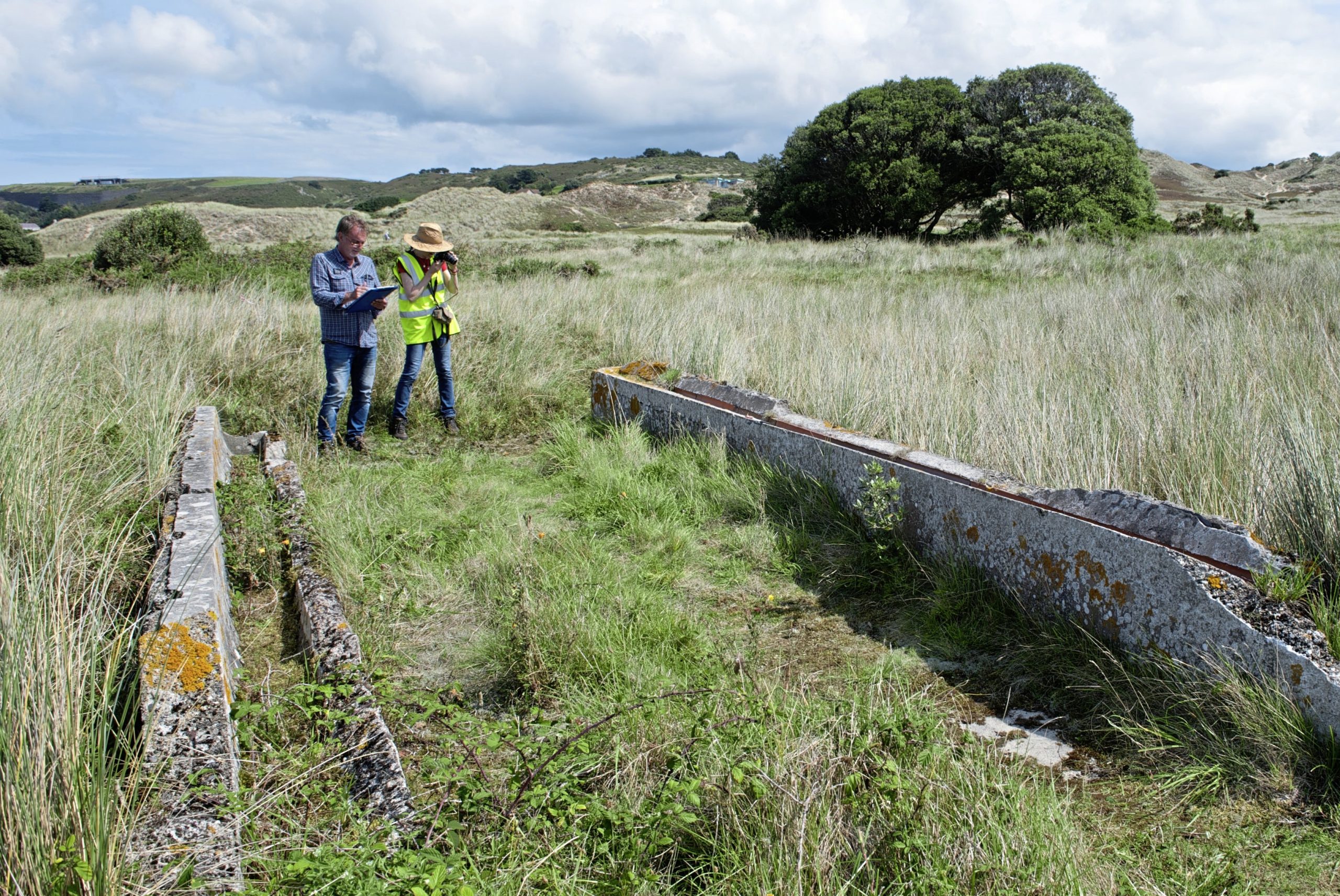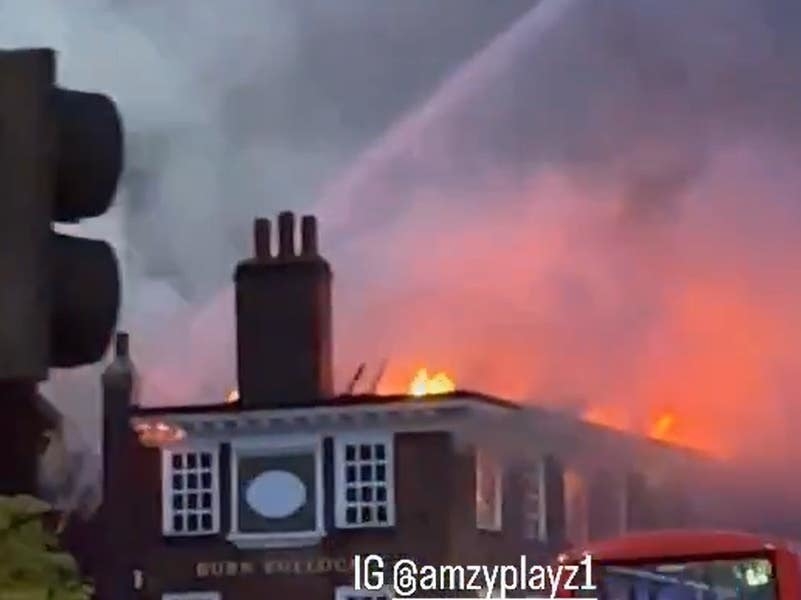From 1915 to 1919, more than 1,500 men were held in the camp before it was dismantled after the war and the site swallowed up by nature.
While many original photographs exist of the camp there is currently no map giving a detailed layout of the site.
Today, all that remains of more than 50 wooden blocks are the concrete pillars that they stood on and the foundations of the toilet block.
Dr Gilly Carr, a senior lecturer in archaeology at Cambridge University, and colleagues from Liverpool and Bristol universities, have been working at Les Blanches Banques site of special interest since Monday. They expect to finish the survey todayFRIDAY but hope to return next year.
Dr Carr, who specialises in Second World War history, has previously excavated the site of Lager Wick, a camp for forced workers, on the edge of Grouville Marsh.
‘I thought it would make a good project and enable me to give something back to benefit the Island. We had a little recce here in 2015 and we have received a little amount of money from Cambridge University to do some research,’ she said.
‘We knew the site was here, and as I am an archaeologist as well as an historian, I wanted to give the time to surveying it properly and in the centenary period [of the First World War].’
Dr Carr and her colleagues, Harold Mytum and Rob Philpott from Liverpool University, have not undertaken any excavations into the soil. They have been taking geophysical surveys – ground-based physical sensing techniques used for archaeological imaging or mapping – photography and laser beam technology to build an image of the site.
‘We will be creating a photographic archive of what the site looks like in 2017 to show what was here and what we have been doing this week,’ Dr Carr said.
‘We will also take our research and create a map of what the site looked like when the camp was here, as well as creating a 3D model.’
The PoW camp, which was situated on the flat duneland to the south of Chemin des Basses Mielles in St Brelade, comprised 40 wooden prison huts as well as a hospital block, wash house and latrines inside a ten-foot-high barbed-wire fence with eight sentry watch towers. There were also staff quarters, offices and store buildings to the east.
Built to hold 1,000 prisoners, by 1917 the camp had been extended to contain more than 1,500 prisoners, 150 guards, and a staff of up to 30 officers.
There were several escapes from the camp, including two attempts to tunnel out, with one tunnel stretching under the main road.
Seven PoWs escaped through a second tunnel, only to be recaptured in St Brelade’s Bay.






